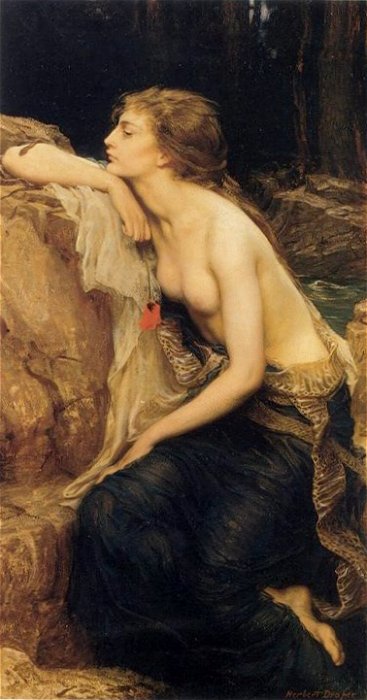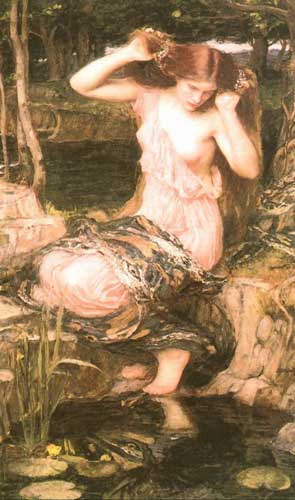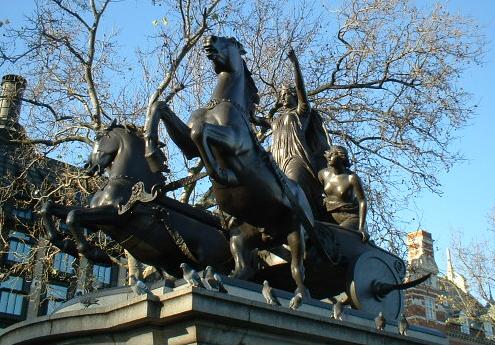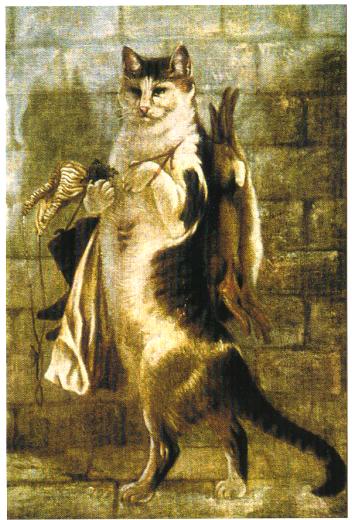From Paul: I asked our award winning adaptor Robert Kauzlaric to contribute some insight into his process for this blog.
There’s so much to discuss about this project, and Paul and Maren have already done an amazing job of that here. As the adaptor of the show, there are load of things on my mind I’m hoping to blather about on this blog, in particular: the rewards and challenges of working with such well-known and well-loved material – what do you cut? what do you keep? how do you stay true to the story while transposing it to a new medium with an entirely different set of restrictions/challenges/etc. But before I attempt to open that can of discussion-worms, I thought it might be appropriate to share a little background on how I arrived at this point.
It was over 10 years ago that a friend first handed me a copy of Neverwhere with an off-hand, “This seems like it’d be right up your alley.” Indeed it was. I devoured it in a couple of days. Then I read it again. I had to put it away for a while out of necessity, but it kept churning in the back of my mind for months. I couldn’t get the insane notion out of my head that it would make for an amazing piece of theater… I just couldn’t figure out what company would be willing to tackle it, much less let me adapt it for them.
Then, in early 2000, I saw Lifeline’s production of The Two Towers (the first MainStage show I ever saw here) and knew I’d found a place that would be insane enough to do it. And that they’d do it right: with love and respect for the source; with love and respect of the audience; with heart, humor, danger, and passion. Later that year, I was cast in The Silver Chair, and I got my first exposure to the Lifeline process, from an early reading of the script, through auditions, rehearsals, tech, and production… and I knew it was exactly the kind of process in which I would like to see it develop.
So, without any reason to suspect that my secret plan (known only to me) to have my hypothetical adaptation of Neverwhere get produced at Lifeline would, in a million years, actually, possibly, maybe, ever happen… I got right to work on my script. I had no idea if rights were available. I had no serious hope that anyone would actually produce it. But that didn’t really matter to me. I was feeling wildly optimistic. Not even a beating from Mr. Vandemar could have stopped me.
I finished my first draft and sent it off to some close friends who were willing to give me feedback and help me wrap my head around what I’d gotten myself into. Several months later, draft two was read aloud by a circle of friends, and I got more valuable feedback. Rinse and repeat with draft three. I’m so indebted to those friends of nearly a decade ago (circa 2001) who helped to nurture this project even when it didn’t have a hope of ever getting produced (except in my mind). Some of those friends have since moved away from Chicago, but their influence is still felt by me every time I pore through the script. (Thanks to Chris, John, Dan, Gail, Cath, Tom, Matt, Mark, Mark, Elise, and everyone I’m forgetting.)
Then I sent the script around to some director friends, and some companies I had closer relationships with at the time. The feedback was positive, but I heard a lot of, “This is cool, but seems a bit impossible. Good luck getting it produced!” Heartache ensued. The script idled on my computer as I turned my attention to other projects for a while.
In 2002, I attended one of Mr. Gaiman’s readings on the American Gods tour and was blown away by the sheer awesomeness of the experience (if you haven’t seen him read his own work yet, DO SO). I got my book signed, shook his hand, chatted with him ever-so-briefly, and wondered if my dream of adapting Neverwhere would ever happen.
In 2003, nursing a broken leg, I finally found DVD copies of the original BBC miniseries and devoured all six hours and all of the commentary. Trapped on my sofa with a full leg cast and my cats for company, I lost myself in London Below once more and began, admittedly, to mourn my dream of adapting the piece for the stage. The possibility seemed such an unattainable long-shot at that point. Perhaps the painkillers were making me excessively maudlin, but I started to fear my secret little dream would never be realized.
But by early 2005, I had appeared in six productions at Lifeline, and had finally established an actual ongoing relationship with the ensemble. The time was right to formally submit the script to the theatre. My hopes were high. I got feedback from more friends about the script. I re-edited the script. I sent off the script. And waited.
And waited.
Finally, as it turns out, the rights weren’t available. And, in any event, the timing wasn’t right for the ensemble to get behind it. The company only knew me as an actor. I hadn’t made a strong enough push to establish myself as a writer in their eyes. Nor (in retrospect), had I truly attempted to convey the full extend of my excitement about the project to them. I was hugely disappointed at the time, but I get it now.
Later that year, I was honored to be asked to join the company and got my first direct exposure to the script-selection process from the “inside.” About a year later, I got my first writing opportunity with the company: a KidSeries musical adaptation of The True Story of the 3 Little Pigs! Time passed. Paul and I tackled The Island of Dr. Moreau. I dove into the world of Oscar Wilde with The Picture of Dorian Gray. And by mid-2008 or so (if I have my timing correct), I re-introduced the company to my Neverwhere idea and by this time there was interest, trust and solid support. And in Paul, I had the perfect director-partner committed to seeing the project through with me. All we needed was to get the rights.
And then last year, they came through.
And there was celebration.
So, in January of 2009, nearly 10 years after I first started working on my script, I dove back in. We held a reading with the ensemble and with their invaluable feedback, a brand new draft emerged. This past summer, we cast the show. In early December, we held another reading with the cast and ensemble, and brought the production team in on the discussions. Again, everyone’s insights were invaluable. And Paul and I met repeatedly for a month to discuss character, direction, tone, theme, style and all that other great theatre-type stuff.
Now, here I sit in February of 2010, a mere two weeks away from the beginning of the rehearsal process. We’ve got an amazing cast and design team, all geeked to the gills about working on such wonderful source material. The long, SOLITARY portion of my journey is over as the project now gets placed in the capable hands of a massive TEAM of people, all working to tell the story, hone the production, and realize the theatrical vision of the piece.
And I, for one, couldn’t be more excited to see how it all turns out.











